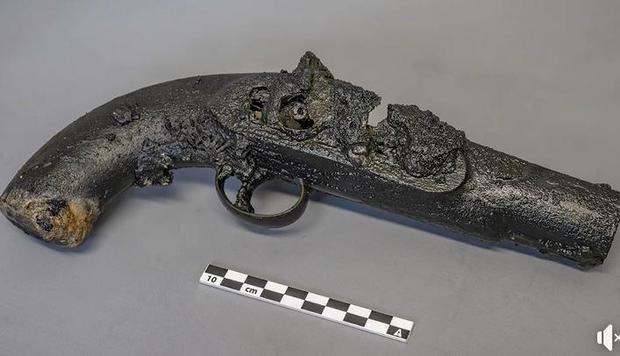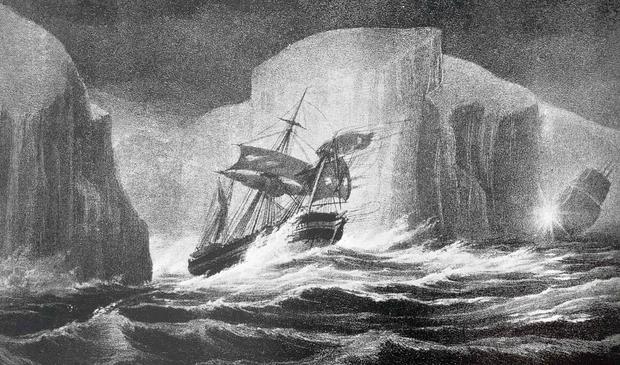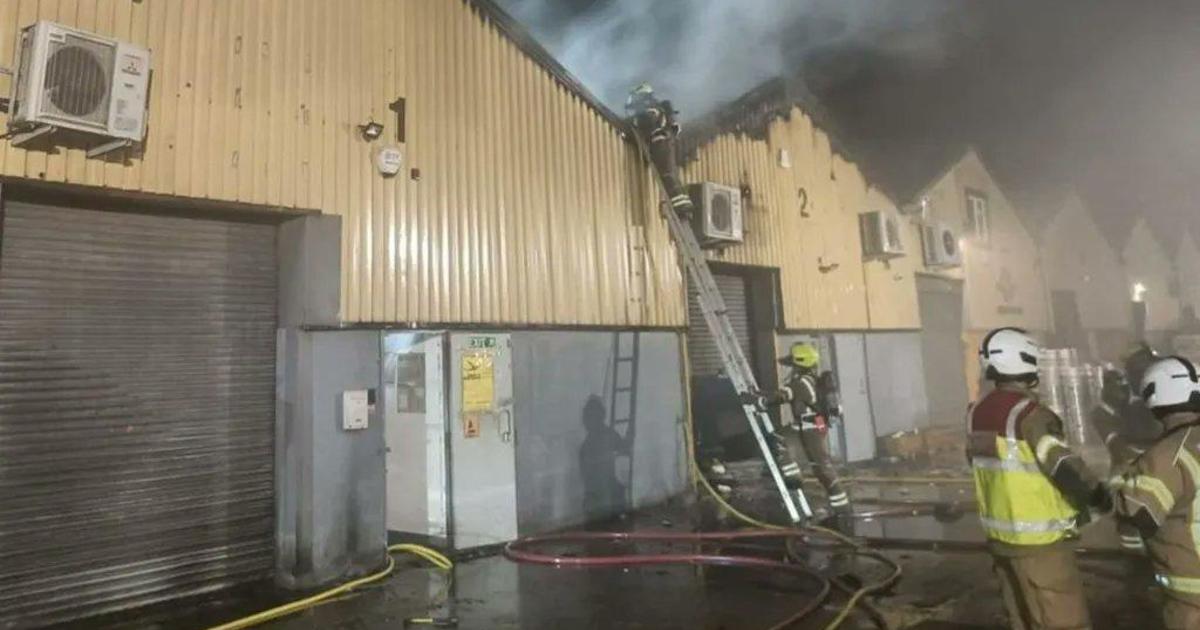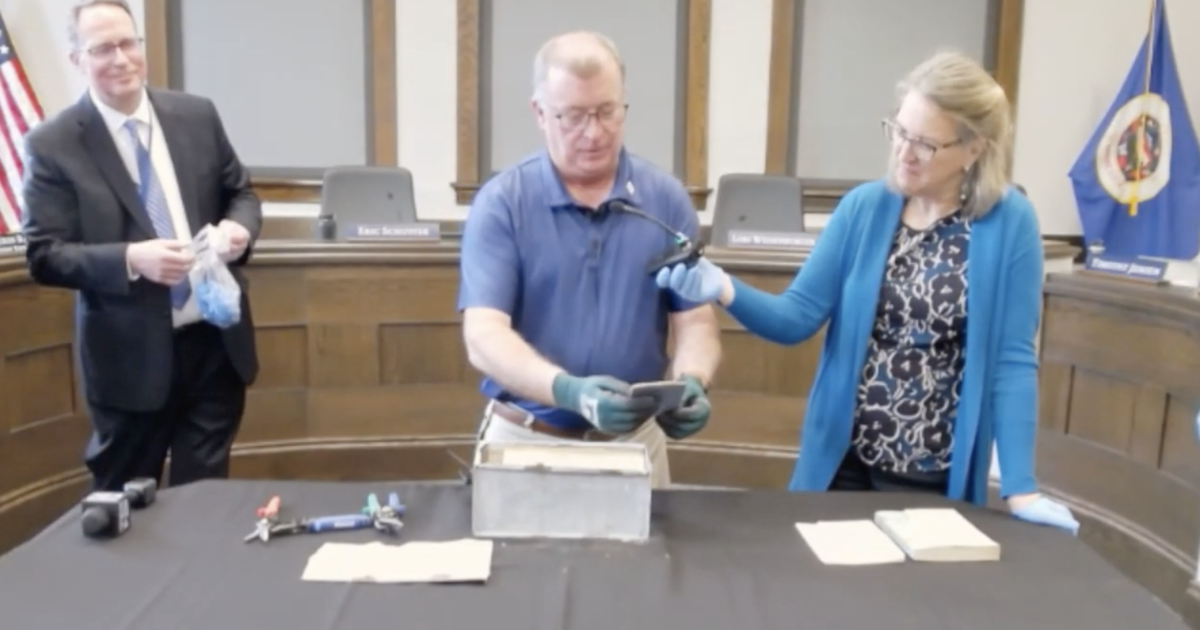Divers discover guns and coins in wrecks of ships that vanished nearly 2 centuries ago off Canada
In 1845, the HMS Erebus and HMS Terror set sail from England on a mission to chart a passage around the top of North America. Led by Captain Sir John Franklin, the voyage ended in tragedy three years later when both ships were lost in the frigid waters off Canada's coast.
None of the 129 men on board the ships survived. The so-called Franklin Expedition marked the worst disaster in the history of British polar exploration, according to the Royal Museums Greenwich in London.
Nearly two centuries after the ships sank, divers exploring the HMS Erebus wreck have discovered an array of "fascinating artifacts," including pistols, coins and even an intact thermometer, officials announced this week.
Underwater archaeologists conducted 68 dives over 12 days in September to continue investigating and documenting the wreck of HMS Erebus, Parks Canada said in a news release. The team excavated a seamen's chest in the forward part of the ship, below deck, where most of the crew lived, finding "numerous artifacts including pistols, military items, footwear, medicinal bottles, and coins."
In an area believed to be Captain Franklin's pantry, archaeologists found a leather shoe, storage jars and a sealed medicine bottle. Inside another officer's cabin, researchers discovered "items related to navigation, science, and leisure" — including a parallel rule, thermometer, leather book cover, and a fishing rod with a brass reel.
Parks Canada released video of the expedition showing divers retrieving artifacts from the shipwreck and scientists examining the items in a lab.
The archaeologists also captured thousands of high-resolution photos of HMS Erebus. Parks Canada said the images would be used to produce 3-D models to better assess how the site of the wreck — which is in relatively shallow water and vulnerable to storm waves — is changing over time.
After exploring HMS Erebus, the team returned two days later to the wreck of HMS Terror to conduct remote sensing of the ship.
"This included surveying of the wreck to capture a snapshot of its condition and widening the mapping of a vessel access corridor into this mostly uncharted bay," the researchers wrote.
Exactly what doomed the ships, which likely got stuck in ice, remains unknown, and officials have relied thus far on Inuit oral histories to piece together what happened.
"A total of 39 missions were sent to the Arctic but it wasn't until the 1850s that evidence of what befell the men began to emerge," according to the Royal Museums Greenwich. "The exact circumstances of their deaths remain a mystery to this day."
Parks Canada has been working with the Nattilik Heritage Society and Inuit Heritage Trust for seveal years to explore the wrecks.
Officials said the artifacts that were recently retrieved would undergo conservation treatment before being displayed at the Nattilik Heritage Centre in Gjoa Haven, an Inuit hamlet in Nunavut, above the Arctic Circle.
"The Franklin expedition remains one of the most popular mysteries from the 19th century," Canada's Minister of Environment and Climate Change Steven Guilbeault said in a statement. "However, thanks to the important work of Parks Canada and Inuit partners, pieces of this mysterious puzzle are being retrieved allowing us to better understand the fascinating events of this incredible expedition."






